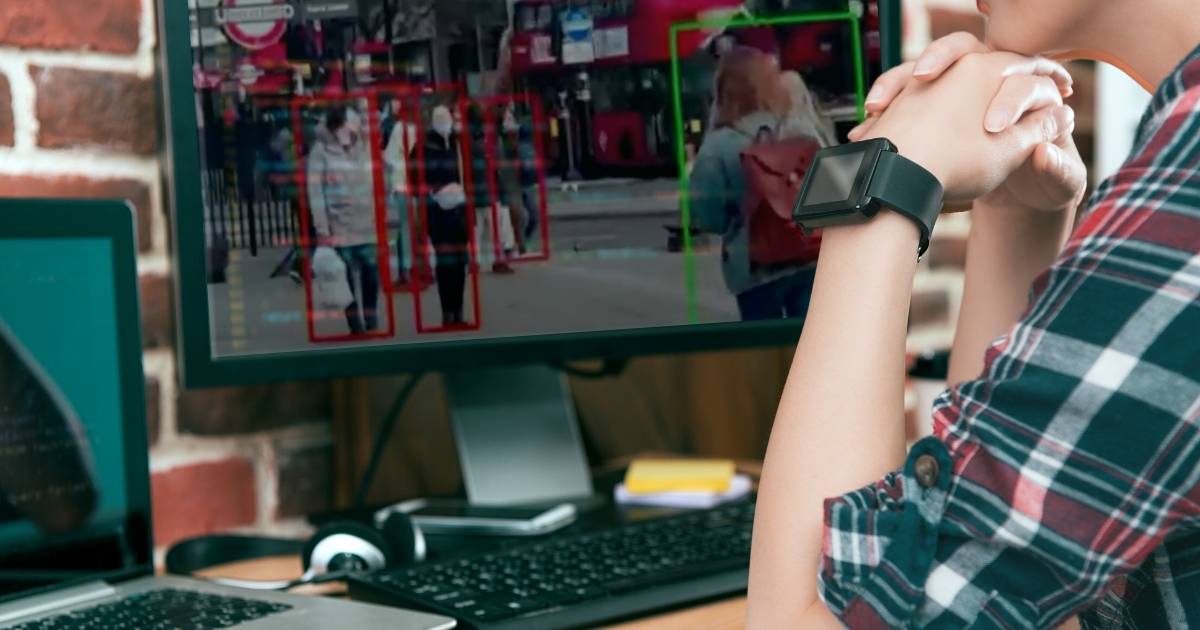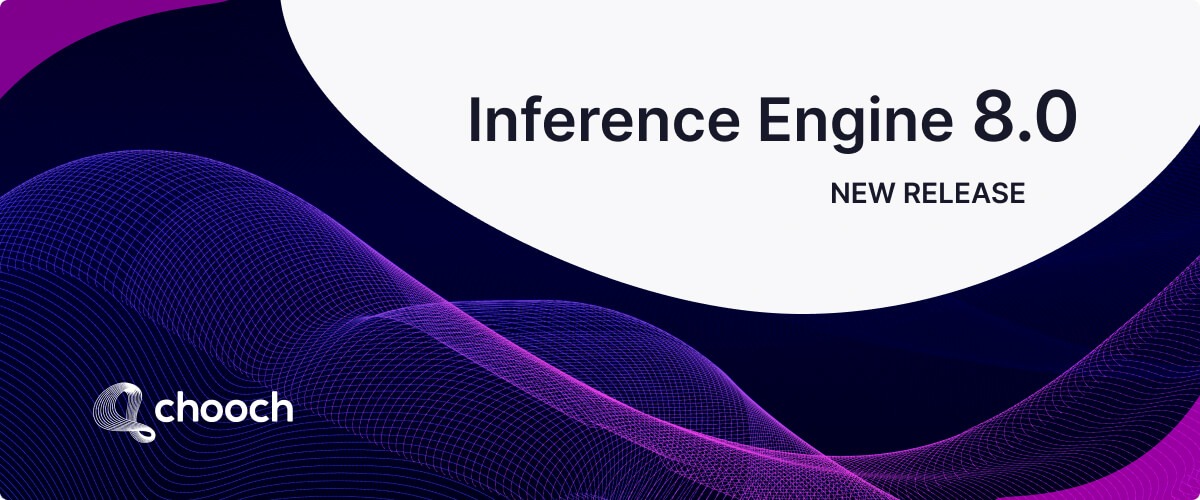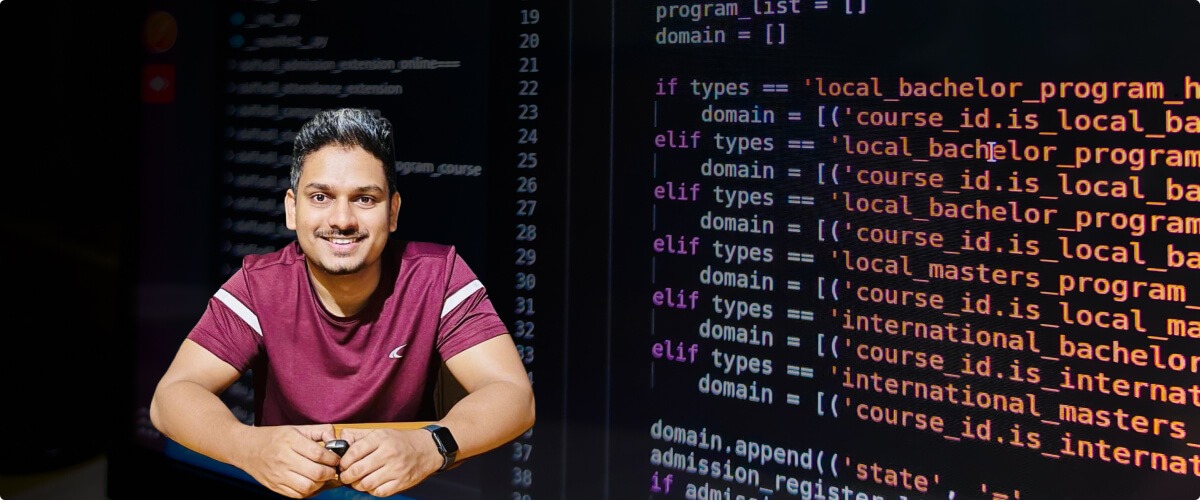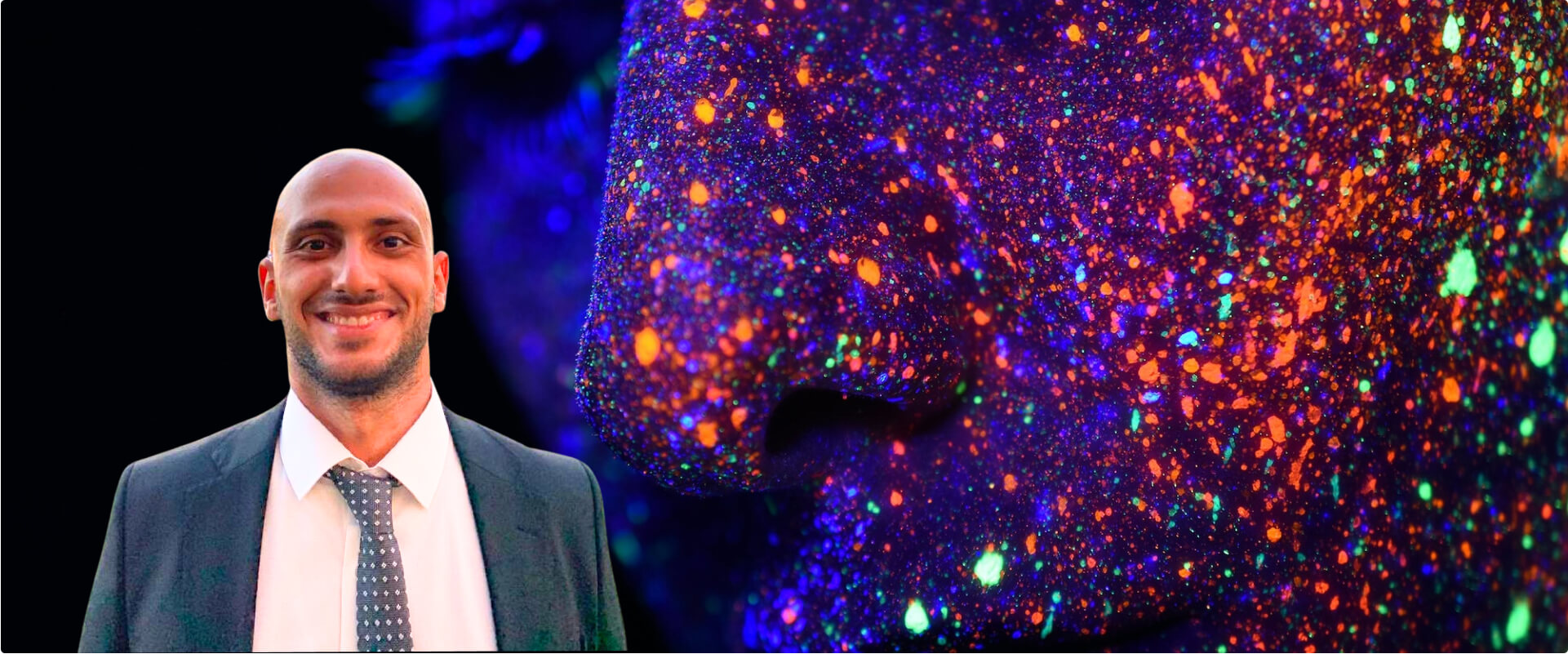Computer vision engineers work in the domain of computer vision: the subfield of computer science and artificial intelligence that seeks to make computers “see” images and videos at a high level, in the same way that humans can. More specifically, those with computer vision engineering skills can uses the AI tools to make it their job to solve real-world problems.

The fields of machine learning and artificial intelligence, along with subfields such as computer vision, have never been a hotter employment prospect. According to Indeed, computer vision engineers in the U.S. have one of the highest salaries in the technology industry, with an average base pay over $158,000.
But what do computer vision engineers do, exactly, and what skills to you need to be a computer vision engineer?
What does a computer vision engineer do?
The job roles and responsibilities of computer vision engineers may include:
- Designing and developing systems and software that use computer vision.
- Creating and/or using computer vision libraries and frameworks.
- Sourcing and preparing computer vision training datasets.
- Experimenting with computer vision models by training and testing models and analyzing the results.
- Reading computer vision research papers to learn about new developments in the field.
The computer vision engineer skills you need to have
What skills do computer vision engineers need in order to carry out these job roles and responsibilities?
Most employers prefer computer vision engineers to have education (i.e. a bachelor’s, master’s, or PhD) in a subject such as computer science, engineering, or mathematics. This education should likely have included coursework on topics such as computer vision, artificial intelligence, machine learning, deep learning, image processing, signal processing, data science, and software development. Mathematics courses on linear algebra, calculus, and probability and statistics are also highly useful for computer vision engineers.
In addition to this theoretical background, computer vision engineers also need practical skills to implement real-world solutions. Computer vision engineers should be able to train and optimize AI models and deploy them in production scenarios. Familiarity with libraries and frameworks for computer vision, machine learning, deep learning, and data science—e.g. OpenCV, sklearn, PyTorch, and TensorFlow—is highly valuable.
The Python programming language currently dominates the field, with 57 percent of machine learning developers and data scientists using Python. In addition, knowing other languages is also helpful: OpenCV is primarily written in C++ (although it has interfaces for Python and Java), and MATLAB is very popular for image processing.
The future of computer vision engineer jobs
Want to become a computer vision engineer? Many computer vision engineers take the traditional route to their choice of career: getting a degree in a STEM subject such as computer science or mathematics, often doing relevant internships or performing relevant research along the way.
Even without a formal education in computer vision and computer science, however, becoming a computer vision engineer isn’t out of reach. Many companies looking to hire computer vision engineers are open to non-traditional candidates who can replace education with experience (e.g. by showing previous work on computer vision projects or open-source software).
Chooch is a great way to get started in the field of computer vision. We offer a robust computer vision platform that can automatically train fast, highly accurate AI models. The possible applications include everything from facial authentication to diagnosing illnesses and detecting manufacturing anomalies.
Want to learn more about becoming a computer vision engineer? Sign up today and create your free account on the Chooch platform.







